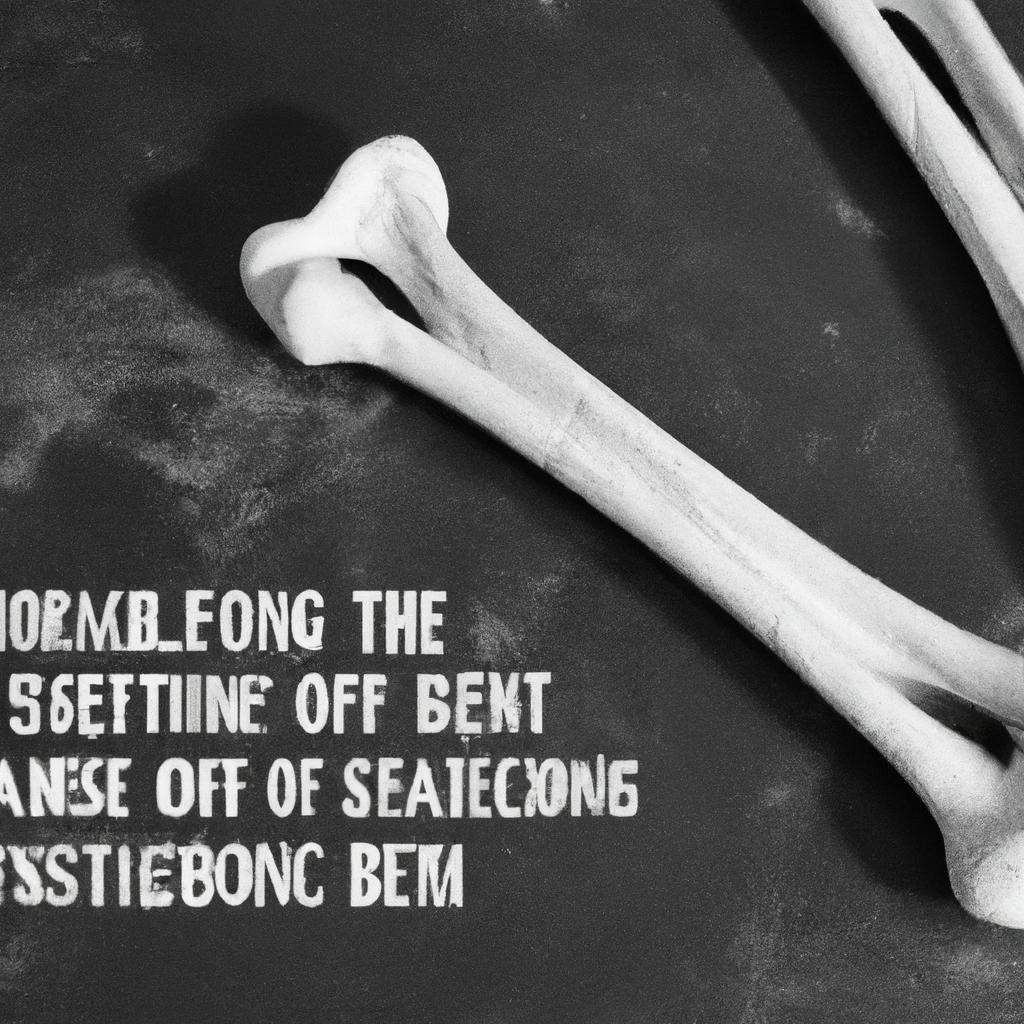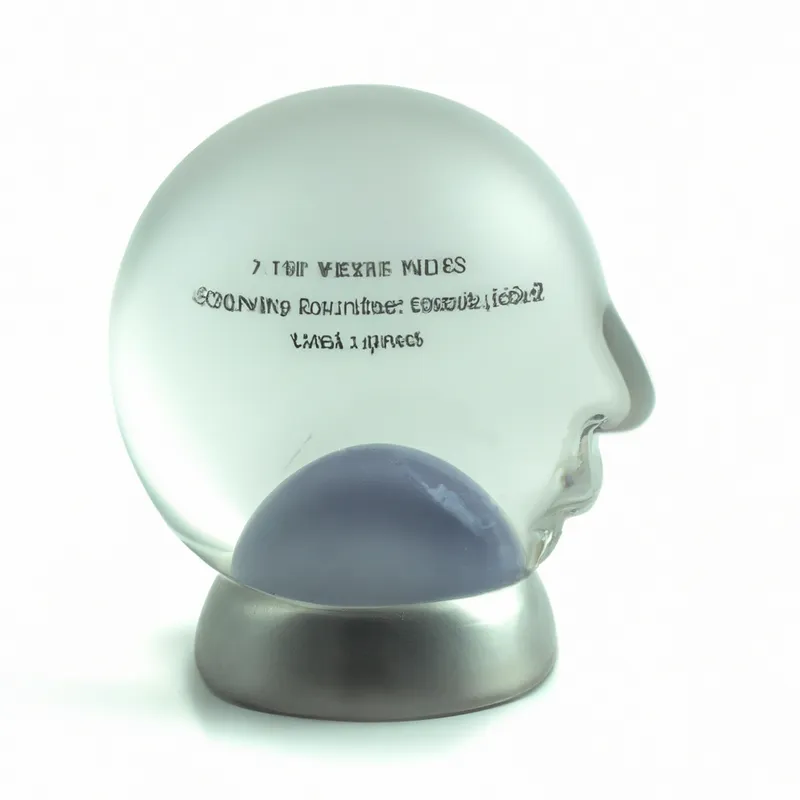**”The Role of Strength Training in Enhancing Bone Density: Strategies for Supporting Skeletal Health Across the Lifespan”**
# The Role of Strength Training in Enhancing Bone Density: Strategies for Supporting Skeletal Health Across the Lifespan
Maintaining strong bones is crucial for overall health, particularly as we age. Osteoporosis, characterized by weakened bones and an increased risk of fractures, is a significant concern for many people. However, strength training has emerged as a powerful tool in enhancing bone density and supporting skeletal health across the lifespan. In this blog post, we will explore the connection between strength training and bone health, offer nutrition tips, provide exercise advice, outline the health benefits, and conclude with an emphasis on lifelong strategies for maintaining strong bones.
## Understanding Bone Density
Bone density refers to the amount of bone mineral in bone tissue. Higher bone density contributes to stronger bones, which are less susceptible to fractures. Bone density naturally peaks in early adulthood, after which it may gradually decline due to aging, hormonal changes, and lifestyle factors. Strength training, also known as resistance training, plays a vital role in combating this decline by stimulating bone growth and enhancing overall skeletal health.
## The Science Behind Strength Training and Bone Health
### How Strength Training Affects Bone Density
Strength training exerts mechanical stress on bones, prompting a biological response that leads to increased bone density. This process, known as bone remodeling, involves the resorption of old bone and the formation of new bone tissue. Weight-bearing exercises, such as lifting weights or performing bodyweight movements, increase not only muscle strength but also bone strength. The more force applied to bones, the more they adapt to handle greater loads.
### Age-Related Considerations
The benefits of strength training for bone health are evident across the lifespan:
– **Children and Adolescents**: Engaging in strength training during youth can help build peak bone mass, setting a solid foundation for future bone health.
– **Adults**: For adults, regular strength training helps maintain bone density and mitigates age-related bone loss. It is particularly important for women post-menopause, as they are at a higher risk for osteoporosis.
– **Older Adults**: In older individuals, strength training can prevent falls and fractures by improving balance, coordination, and muscle strength, which are critical for maintaining independence.
## Nutrition Tips for Supporting Bone Health
While strength training is vital for enhancing bone density, nutrition plays a complementary role in maintaining skeletal health. Here are some essential nutritional tips:
### 1. **Calcium-Rich Foods**
Calcium is a crucial mineral for bone health. Incorporate dairy products like milk, yogurt, and cheese, as well as leafy greens such as kale and broccoli, and fortified foods like cereals and plant-based milk.
### 2. **Vitamin D Intake**
Vitamin D aids in calcium absorption and bone growth. Sources include fatty fish (salmon, mackerel), egg yolks, and fortified foods. Sun exposure also helps the body synthesize vitamin D, so aim for safe sun exposure when possible.
### 3. **Protein for Bone Repair**
Adequate protein intake is vital for bone health as it supports muscle mass and bone density. Include lean meats, poultry, fish, legumes, nuts, and seeds in your diet.
### 4. **Magnesium and Zinc**
These minerals are essential for bone structure and metabolism. Foods rich in magnesium include nuts, seeds, whole grains, and dark chocolate. Zinc can be found in meat, shellfish, legumes, and seeds.
## Exercise Advice for Building Bone Density
To effectively enhance bone density, it is essential to incorporate a variety of strength training exercises into your routine. Here are some practical exercise tips:
### 1. **Compound Movements**
Focus on compound movements such as squats, deadlifts, bench presses, and rows. These exercises engage multiple muscle groups and apply significant stress to the bones, promoting growth.
### 2. **Progressive Overload**
Gradually increase the weight or resistance used in your workouts. This principle of progressive overload is crucial for continued improvement in bone density and muscle strength.
### 3. **Weight-Bearing Activities**
Incorporate weight-bearing activities such as walking, jogging, or climbing stairs into your routine. These exercises stimulate bone formation and contribute to overall skeletal health.
### 4. **Balance and Stability Training**
Include balance exercises like yoga or tai chi to enhance stability and coordination, reducing the risk of falls and fractures.
## The Health Benefits of Strength Training for Bone Density
Strength training not only enhances bone density but also offers numerous additional health benefits:
– **Improved Muscle Strength**: Increased muscle strength supports joint stability and overall mobility.
– **Enhanced Metabolism**: Building muscle can boost metabolism, aiding in weight management and reducing obesity-related bone health issues.
– **Increased Confidence**: Strength training can improve self-esteem and body image, fostering a positive relationship with physical activity.
## Conclusion
Strength training is a cornerstone of skeletal health, playing a vital role in enhancing bone density and preventing osteoporosis across the lifespan. By combining regular resistance training with a balanced diet rich in key nutrients, individuals can take proactive steps to support their bone health. Whether you’re a child, adult, or older adult, incorporating strength training into your routine is a powerful strategy for maintaining strong bones and overall well-being. Start today, and invest in your skeletal health for a lifetime of strength and vitality!















Post Comment